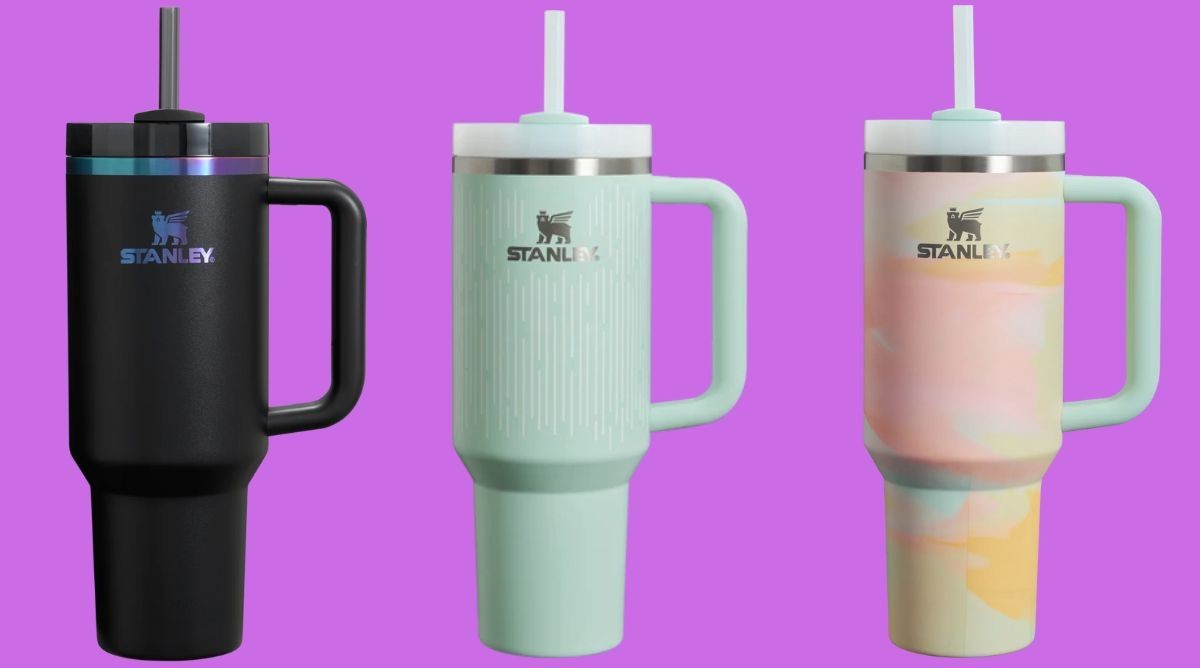Stanley cups, a steel tumblers with an excellent insulation, have been prevailing in the world in recent times. Distanced from the core reason, they’ve become the fashion signs and also utilities as well. We will embark on an interesting run through the history of Stanley cups, from their humble beginning to their current use as collector items, going through what is close to their popularity.
Origins of Stanley Cups
- The documentation of the Stanley cup history dates back to 1913 when William Stanley Jr. invented the first all-steel thermos. Originally, they were intended by the military and workers that needed to keep warm or cold drinks for extended periods of time, and quickly all these cups proved to be perfect items for outdoor enthusiasts and travelers.
- The steel construction and the superb insulating features distinguish them from all other soft cases, thus making them the best travel partner for any purpose. In 2016, Stanley introduced a game-changer with their Quenchers line. These sleek steel tumblers, complete with reusable straws and available in various sizes, marked a departure from the brand’s traditional offerings.
- Initially, they didn’t make much of a splash, but things changed when influencers and e-commerce platforms like The Buy Guide began promoting them. Suddenly, Stanley cups weren’t just practical—they were trendy, especially among younger demographics and social media influencers.
Collaborations and Limited Editions
Stanley didn’t stop at Quenchers. They ventured into limited-edition collaborations with celebrities and beauty brands, often exclusive to retailers like Target. These partnerships elevated Stanley cups with handle to coveted status, driving demand through the roof. People weren’t just buying cups; they were investing in a piece of pop culture, eagerly anticipating each new release and clamoring to own a unique piece from their favorite collaboration.
Read More: Sadie Sandler: Hollywood’s Young Star on the Rise
The Resale Market: From Drinkware to Investment
Surprisingly, Stanley cups near me became a hot commodity in the resale market. Platforms like StockX saw prices skyrocket, especially for limited-edition releases. Some cups even fetched higher prices than their original retail value, attracting collectors and investors alike. Despite concerns about counterfeit products flooding the market, Stanley remained committed to authenticity, ensuring that consumers got the real deal.
At the heart of the Stanley cup craze lies a vibrant community of collectors and enthusiasts. Groups like “Stanley Cup Hunters” on Facebook provide a platform for members to share their passion, swap stories, and discuss upcoming releases. For many, collecting Stanley cups isn’t just a hobby—it’s a way of life, fostering connections and camaraderie among like-minded individuals.
A Cultural Phenomenon: Hydration and Wellness Trends
Stanley cups have become emblematic of broader cultural shifts toward wellness and sustainability. With the rise of trends like #WaterTok on social media, the demand for premium hydration products has surged. Stanley cups target offer both style and eco-friendliness, appealing to consumers looking for a more sustainable alternative to disposable bottles. Their sleek design and superior insulation make them the perfect companion for any adventure, whether it’s a hike in the mountains or a day at the beach.
Related Article: Brooke Hogan: Multi-Talented American Entertainer Making Waves in Entertainment World
Future of Stanley Cups
While the hype surrounding Stanley cups may eventually fade, their impact on consumer culture is undeniable. Whether they maintain their status as collectibles or evolve through new collaborations and innovations, Stanley cups have left an indelible mark on the beverage industry. As trends evolve and consumer preferences change, one thing is certain: the legacy of Stanley cups will endure, reminding us of the simple joy of a well-insulated drink.

Quick Facts About Stanley Cups
- Stanley cups originated in 1913 when William Stanley Jr. patented the first all-steel vacuum bottle.
- It come in various sizes and styles, including the popular Quenchers line, equipped with reusable straws and handles.
- Known for their superior insulation properties, Stanley cups can keep drinks hot or cold for hours on end.
- Stanley cups were favored by World War II pilots and have since become iconic among outdoor enthusiasts and adventurers.
- While traditionally associated with blue-collar workers, Stanley cups gained newfound popularity among Gen Z and TikTok influencers.
- Stanley has partnered with celebrities and beauty brands for limited-edition collaborations, driving up demand and market value.
- Limited-edition Stanley cups, often available only at select retailers like Target, have become highly sought-after collectibles.
- Some fetch premium prices on resale platforms like StockX, making them unexpected investment opportunities for savvy collectors.
- Enthusiasts gather in online groups like “Stanley Cup Hunters” to share their passion, discuss releases, and swap tips on acquiring coveted pieces.
- It embody broader cultural trends, reflecting a growing emphasis on wellness, sustainability, and lifestyle trends like #WaterTok on social media.
Stanley cups have transcended their humble origins to become icons of style, functionality, and cultural relevance. From their inception to their current status as coveted collectibles, these tumblers have captured the hearts and imaginations of consumers worldwide. Whether you’re a collector, an investor, or simply someone who enjoys a cold drink on a hot day, there’s no denying the enduring appeal of Stanley cups in today’s ever-changing world.
You May Like: Elizabeth Debicki: Everything You Need to Know About Rising Star in Hollywood








Leave a Reply